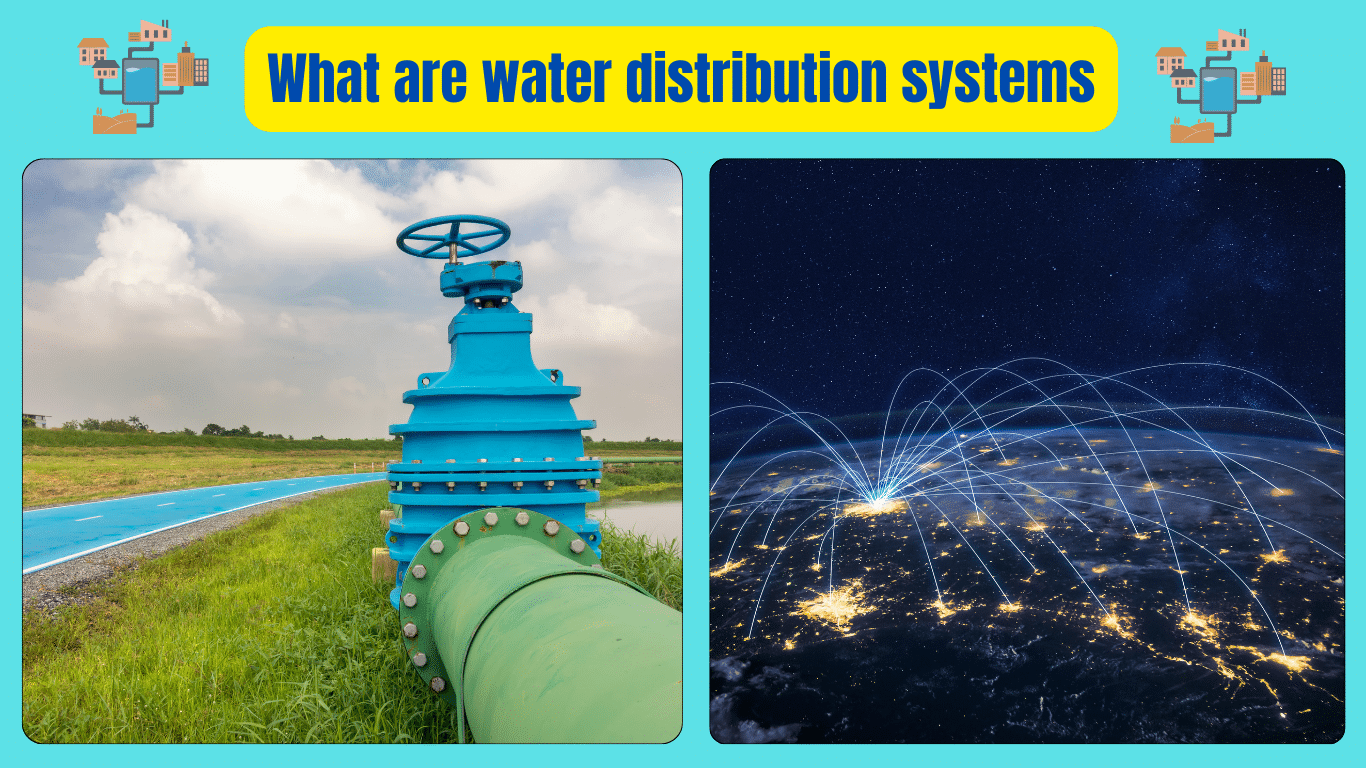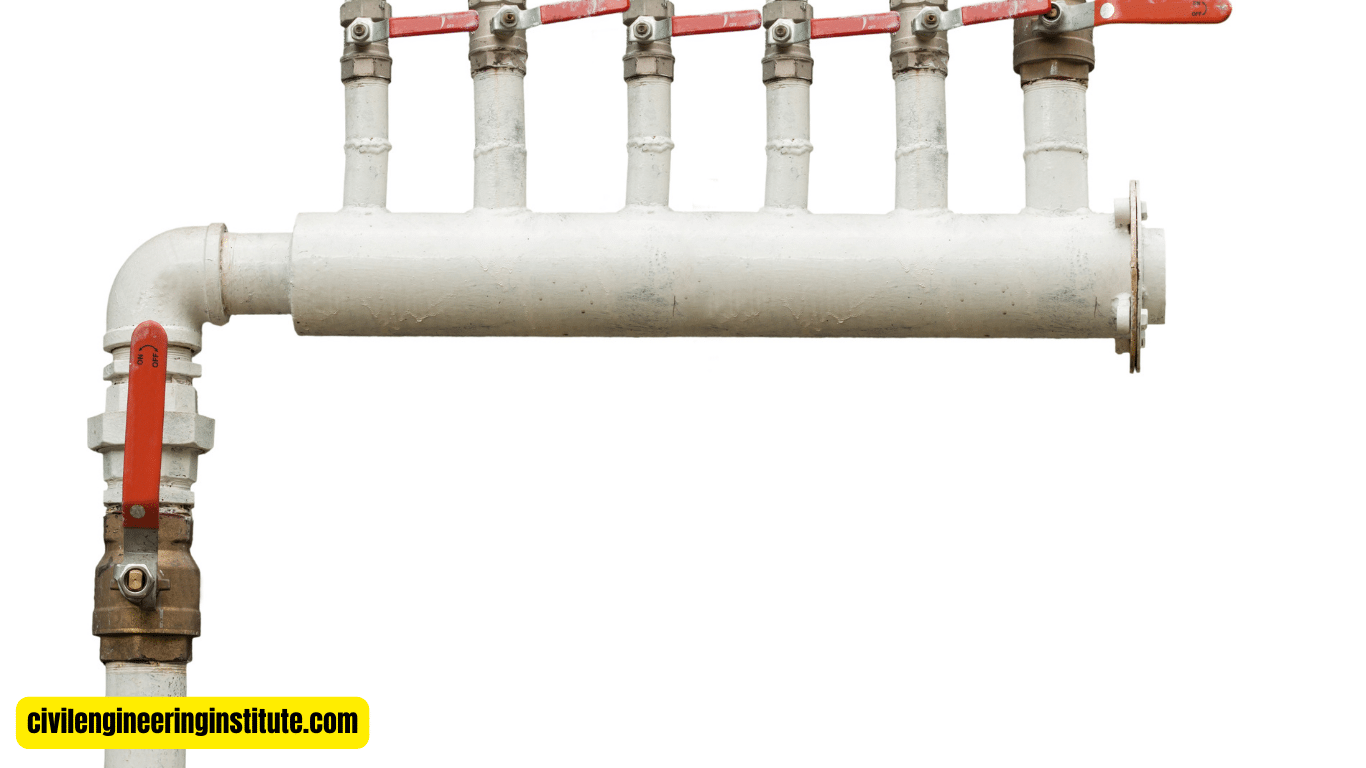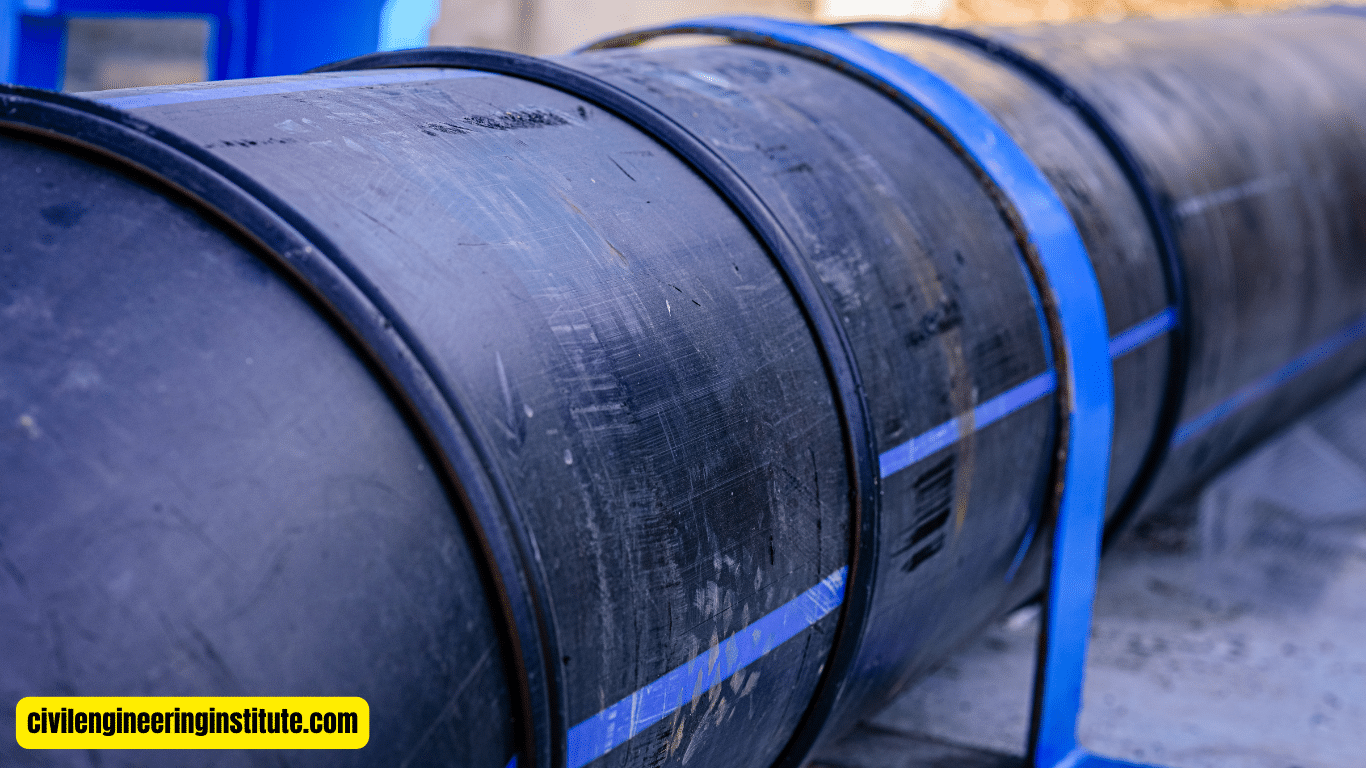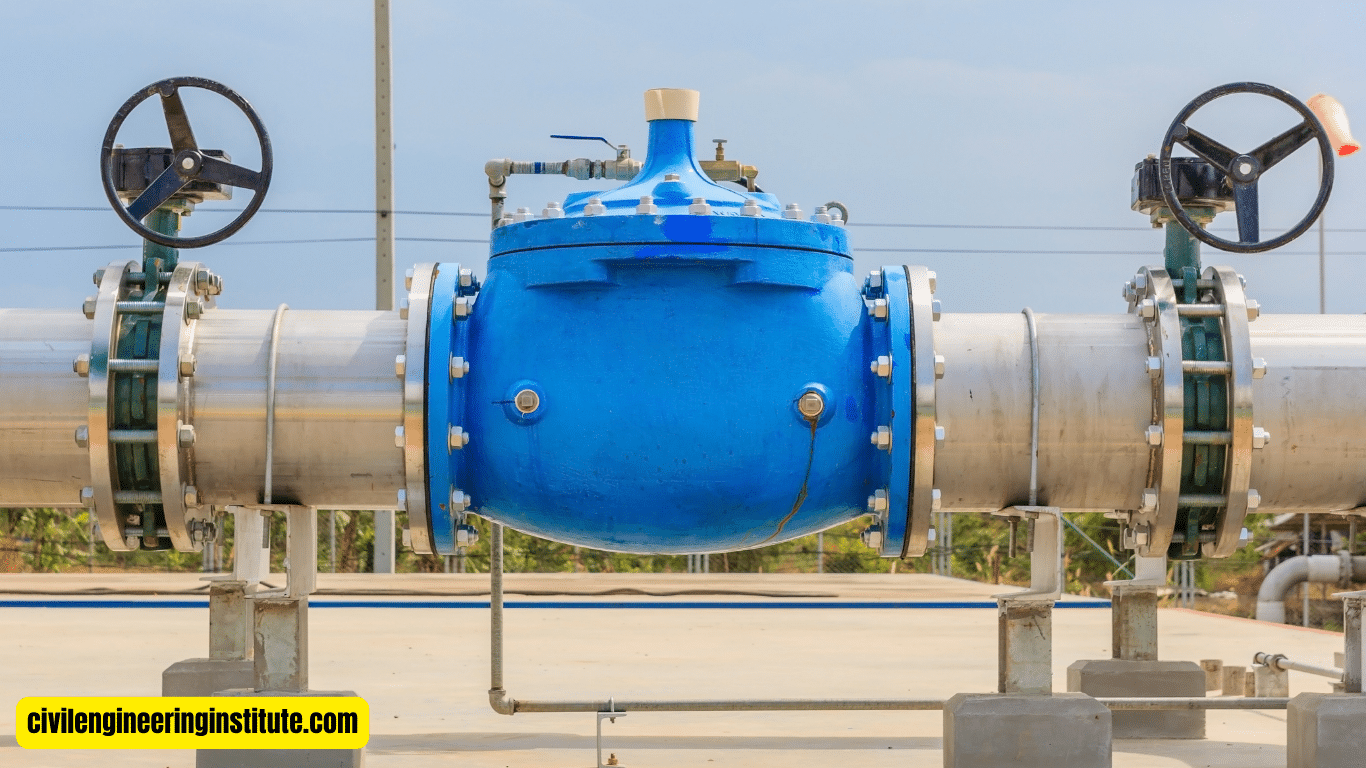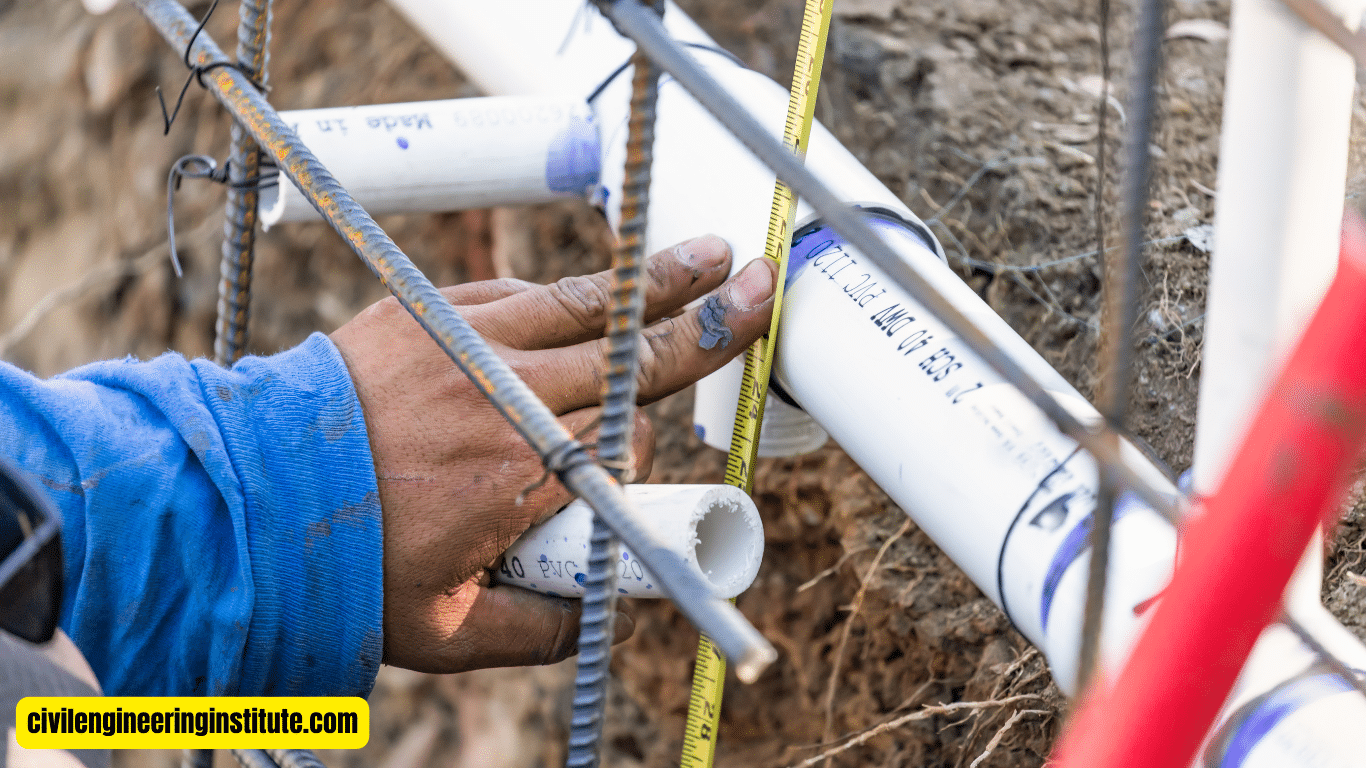Water distribution systems are networks of pipes, valves, pumps, and storage tanks that deliver clean drinking water to homes, businesses, and communities. These systems play a crucial role in ensuring that everyone has access to a safe and reliable water supply for drinking, cooking, bathing, and other daily needs. Water distribution systems work by transporting water from its source, such as reservoirs or groundwater wells, through a series of pipes and treatment facilities to remove impurities and ensure quality.
The water is then pressurized and distributed to various points of use through a network of interconnected pipes. Regular maintenance and monitoring are essential to ensure the efficiency and safety of water distribution systems, as any leaks or contamination can pose serious health risks to the population. By providing access to clean water, these systems contribute to public health, sanitation, and overall well-being.
What are water distribution systems: A Comprehensive Guide
Water distribution systems are complex networks of infrastructure designed to deliver clean and safe drinking water to homes, businesses, and communities. These systems are essential for sustaining life and supporting various human activities. In this article, we will explore what water distribution systems are, how they work, and their importance in ensuring access to clean water for all.
What are Water Distribution Systems?
Water distribution systems consist of a series of interconnected pipes, valves, pumps, storage tanks, and treatment facilities that work together to transport water from its source to consumers. These systems can vary in size and complexity depending on the size of the community they serve and the geographic characteristics of the area.
How Do Water Distribution Systems Work?
Water distribution systems typically begin with the extraction of water from its source, which can include surface water bodies such as rivers, lakes, or reservoirs, as well as groundwater wells. The water is then treated at a water treatment plant to remove impurities and ensure that it meets regulatory standards for drinking water quality.
Once treated, the water is pumped into a network of pipes that distribute it to various points of use, such as homes, schools, hospitals, and businesses. Valves are used to control the flow of water within the distribution system, while storage tanks help to maintain water pressure and ensure a consistent supply of water during peak demand periods.
Components of Water Distribution Systems
Water distribution systems consist of several key components, including:
- Pipes
- Valves
- Pumps
- Storage Tanks
Pipes: Pipes are the main conduits through which water is transported within the distribution system. They can be made of various materials, such as PVC, ductile iron, or copper, and come in different sizes to accommodate varying flow rates.
Valves: Valves are used to control the flow of water within the distribution system. They can be opened or closed to regulate water pressure, isolate sections of the system for maintenance or repair, and prevent backflow or contamination.
Pumps: Pumps are used to transport water from its source to consumers. They provide the necessary pressure to overcome friction losses in the pipes and ensure that water reaches its intended destination.
Storage Tanks: Storage tanks are used to store water and maintain system pressure. They help to balance supply and demand by storing excess water during periods of low demand and releasing it during peak demand periods.
importance of Water Distribution Systems
Water distribution systems play a crucial role in ensuring access to clean and safe drinking water for all members of society. They provide a reliable supply of water for drinking, cooking, bathing, sanitation, and other essential needs. Without these systems, communities would be vulnerable to waterborne diseases and unable to meet their basic needs for survival and development.
In addition to providing access to clean water, water distribution systems also support economic growth and development by enabling industrial and commercial activities that depend on a reliable water supply. They contribute to public health, sanitation, and overall quality of life, making them indispensable components of modern society.
Some important key points: What are water distribution systems?
Two Types of Water Distribution Systems
There are two main types of water distribution systems: gravity-fed systems and pumped systems.
- Gravity-Fed Systems
- Pumped Systems
Gravity-Fed Systems
In a gravity-fed system, water flows naturally from a higher elevation to a lower elevation due to gravity. This type of system relies on the slope of the terrain to deliver water to consumers without the need for pumps. Gravity-fed systems are often used in rural areas where the terrain allows for the easy movement of water downhill.
Pumped Systems
Pumped systems, on the other hand, use pumps to transport water from its source to consumers. These systems are commonly used in urban areas or areas with uneven terrain where gravity alone is not sufficient to deliver water to all locations. Pumps are used to overcome elevation differences and maintain adequate water pressure throughout the distribution network.
Distribution System of Water in a Pumping System
In a pumping system, the distribution of water begins with the extraction of water from its source, such as a river, lake, or groundwater well. The water is then pumped through a series of pipes to transport it to various points of use, such as homes, businesses, and irrigation systems. Valves are used to control the flow of water within the distribution system, while storage tanks help to maintain water pressure and ensure a consistent supply of water during peak demand periods.
Meaning of Water Distribution System
A water distribution system refers to the network of pipes, valves, pumps, storage tanks, and treatment facilities that work together to deliver clean and safe drinking water to consumers. These systems play a crucial role in ensuring access to clean water for drinking, cooking, bathing, and other essential needs. Water distribution systems can vary in size and complexity depending on the geographic characteristics of the area and the size of the population they serve.
Number of Types of Water Distribution Systems
While there are primarily two types of water distribution systems—gravity-fed systems and pumped systems—there can be various configurations and designs within each type to suit the specific needs of different communities. For example, within pumped systems, there may be variations in the types of pumps used, the layout of the distribution network, and the methods of controlling water flow. Similarly, gravity-fed systems may vary in the terrain they traverse and the methods used to maintain water pressure. Overall, water distribution systems are designed to ensure the efficient and reliable delivery of clean water to consumers, regardless of the specific type or configuration used.
Conclusion
In conclusion, water distribution systems are vital infrastructure that ensures access to clean and safe drinking water for communities around the world. By transporting water from its source to consumers, these systems support human health, economic development, and overall well-being. It is essential to invest in the maintenance and expansion of water distribution systems to ensure that future generations have access to this precious resource.
FAQs
What is a water distribution system?
A water distribution system is a network of pipes, pumps, valves, and storage tanks that deliver clean drinking water to homes, businesses, and communities.
How does a water distribution system work?
Water distribution systems work by transporting water from its source, such as a reservoir or groundwater well, through a series of pipes and treatment facilities to remove impurities and ensure quality. The water is then distributed to various points of use through interconnected pipes.
What are the main components of a water distribution system?
The main components include pipes, valves, pumps, storage tanks, and treatment facilities. These work together to extract, treat, and deliver water to consumers.
What are the types of water distribution systems?
There are primarily two types: gravity-fed systems and pumped systems. Gravity-fed systems rely on the natural flow of water due to gravity, while pumped systems use pumps to transport water to consumers.
Why are water distribution systems important?
Water distribution systems are crucial for ensuring access to clean and safe drinking water, which is essential for public health, sanitation, and overall well-being.
How is water quality maintained in distribution systems?
Water quality is maintained through regular testing, treatment at water treatment plants, and monitoring of the distribution network for any signs of contamination or deterioration.
Who is responsible for maintaining water distribution systems?
Local water utilities or municipalities that are in charge of providing water services to the community typically manage and maintain water distribution systems.
What are some common challenges faced by water distribution systems?
Common challenges include aging infrastructure, leaks and breaks in pipes, water loss due to leaks, and ensuring adequate water pressure throughout the distribution network.
How can consumers help conserve water in distribution systems?
Consumers can help by fixing leaks in their homes, using water-efficient appliances, practicing water conservation habits, and reporting any leaks or issues to their water utility.
Are water distribution systems vulnerable to natural disasters?
Yes, water distribution systems can be vulnerable to natural disasters such as earthquakes, floods, and hurricanes, which can damage infrastructure and disrupt water supply. Emergency preparedness and resilience measures are important to mitigate these risks.
